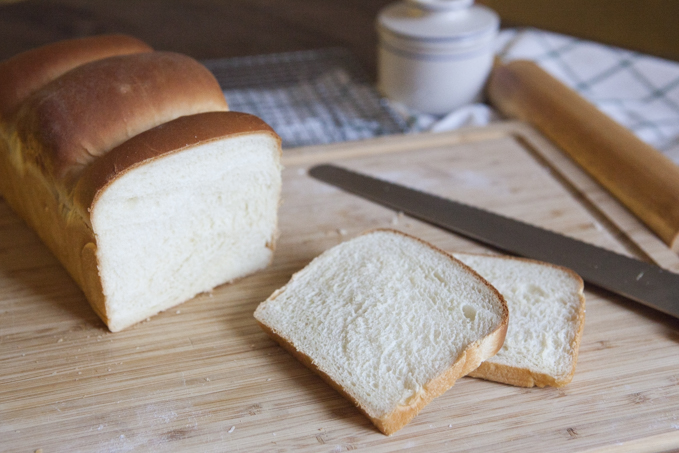Dashi Braised Kabocha Squash
Now that fall's in full swing, the farmer's market is brimming with squash of every kind. My favorite of them all is kabocha, the most common in Japan. They're pretty much shelf stable, (about a month or so in a cool dry place), nutritious (the gorgeous color thanks to beta-carotene), and so versatile and easy to use. Once I start seeing them at the market, I pretty much always have my kitchen stocked with kabocha for the extra side dish to round out any meal. One of the more classic ways to use this squash is to braise it in dashi: Kabocha no Nimono (かぼちゃの煮物). With a hint of soy sauce and mirin, the smoky rounded flavors of the dashi shine through in every bite of kabocha.
So what's the best way to pick out the best kabocha out of the bunch? You want to look for a heavy and firm squash (it should be hard to dig your nail in). Kabochas are typically dark green but will have a patch of yellow/orange. Look for the ones with the darkest hues of orange as it's reflective of the color of the flesh. The more ripened the squash, the darker the color. The stem will feel like dry bark and there's no need to worry about small knobs.
Make sure to wash the kabocha well before using as the peel is used in the dish. As mentioned earlier, a ripe kabocha is very hard. Similar to other fall squash like butternut or acorn, cutting these is not always a walk in the park. The bottom side tends to be softer so I usually start off by removing the stem and flipping the kabocha upside down. Then I take the tip of my chef's knife and pierce vertically slightly off center. Be very careful with how you hold the kabocha so that you don't slip and have an accident. Angle down the knife while making sure to only pierce half the blade and work your way around the perimeter until you cut the kabocha in half. Place the cut side down for a flat surface and cut in half again.
At this point, if I'm braising, I will take a peeler and randomly peel sections of the kabocha skin. This will help the flavors of the seasoned dashi to be absorbed. Proceed to cut the quarter into bite sized pieces. Now the hardest part is over.
You can either speed things up by running the kabocha under water and microwaving it for 3 minutes to parcook or proceed to braising. I like speedy cooking, especially for a side dish, so I let my microwave help me out.
Lay out the kabocha squash in one layer with the skin side down in a medium pot or frying pan with the braising broth. The broth should come up 3/4 of the way up the kabocha squash pieces. Cover the squash with a wet paper towel and almost close the lid and set the heat to medium high. The wet paper towel will serve as a cartouche (or you can use a traditional parchment paper cartouche) and keep the liquid from evaporating. As the braising broth evaporates, it will hit the cartouche and fall back down on the squash, flavoring the top 1/4 .
If you've par cooked in the microwave, it should only take 8-10 minutes for the flavors to infuse. Otherwise keep cooking for another 5-10 minutes making sure to not overcook. Serve hot or at room temperature and enjoy!





Comments
Post a Comment